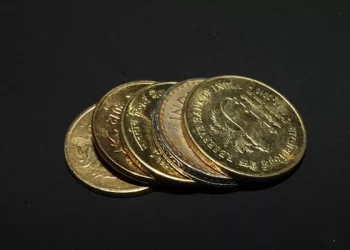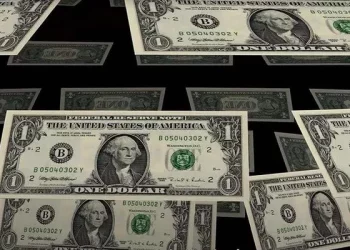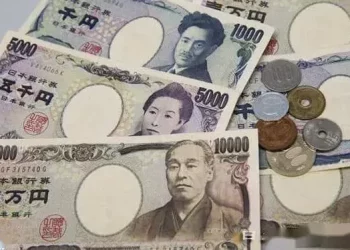Some investors are zeroing in on the battered currencies of commodity-producing countries such as Norway and Australia to take advantage of more potential weakness in the dollar, which has recently wobbled on signs the Federal Reserve will soon end its rate-hiking cycle.
Many commodity currencies suffered this year when prices for oil and other raw materials fell from their 2022 peaks amid expectations that central banks’ fight against inflation would hurt global growth and crimp demand for commodity exports.
However, growth in the U.S. and some other countries has proven resilient and strategists increasingly believe a global economic downturn is unlikely. While that’s driven rallies in risk assets such as stocks, raw materials prices and some commodity currencies have been slower to respond.
Some investors believe there’s an opportunity to buy on the cheap. Adding to the allure are expectations that the Fed‘s rate increases – which helped lift the dollar to a two-decade high last year – are reaching a conclusion.
“Commodity currencies are still the currencies that will probably have the most upside potential, purely from a valuation perspective,” said Francesco Pesole, FX strategist at ING Bank, who favors the Norwegian crown and the Australian dollar.
The bullish view on commodity currencies gained traction in recent days after leaders in China – the world’s leading commodity consumer – on Monday pledged to step up policy support for the economy.
Prices for oil, copper, and other raw materials rose on the news, while commodity currencies such as the Australian and New Zealand dollars edged up. Brent crude is down 3% year-to-date.
Meanwhile, the dollar could see more weakness if the Fed signals that it believes U.S. inflation will continue cooling, making future rate increases less likely.
The U.S. central bank is expected to announce a 25-basis-point rate increase at the conclusion of its monetary policy meeting on Wednesday, but investors believe the chances for more tightening beyond that are slim.

























